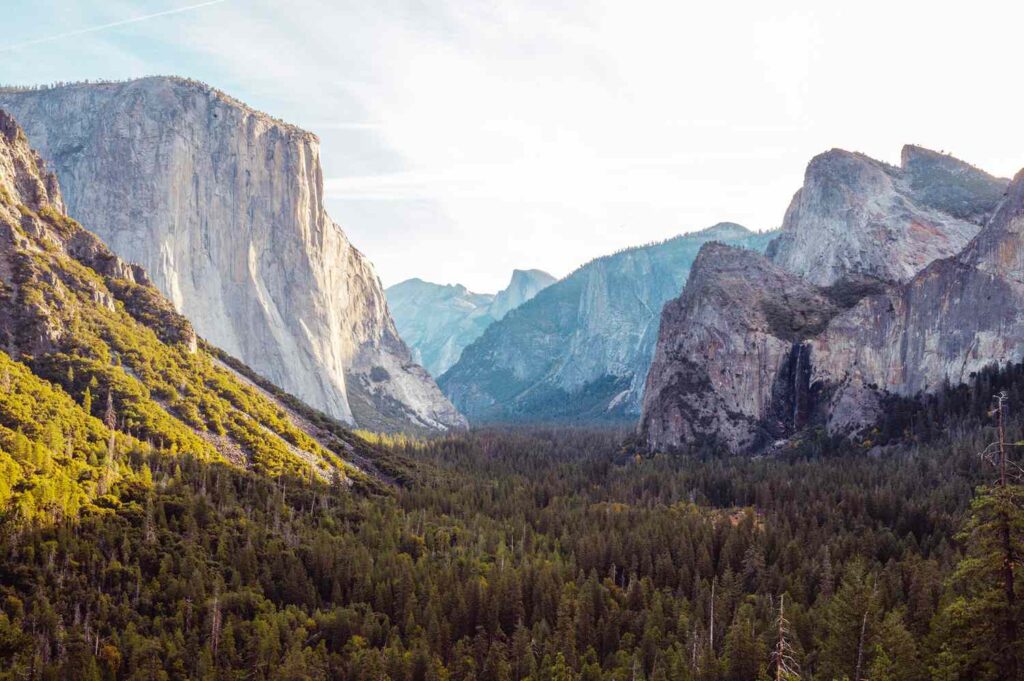On July 22, the U.S. Department of State formally announced its withdrawal from UNESCO.
The United Nations Educational, Scientific and Cultural Organization—founded after World War II with the goal of “promoting peace through its cooperative endeavors”—has since built an invaluable database of cultural and natural landmarks, many of which are among the world’s most iconic travel destinations.
The U.S. will no longer be involved in selecting, funding and supporting these initiatives. Secretary of State Tammy Bruce said the decision to withdraw was made Because continued involvement “isn’t in the national interests of the United States.”
Bruce said that the UNESCO is working to advance divisive cultural and social causes. It also maintains a focus on UN Sustainable Development Goals. These goals are a globalist agenda for development, which is in conflict with America First.
It’s not the first time that the U.S. and the organization have parted ways. In 2018, the Trump administration withdrew, and it was only in 2023 that former President Joe Biden brought back the U.S. Prior to that, U.S. financing was halted in 2011 under former president Barack Obama and the country had fully withdrawn once before in 1984, under former president Ronald Reagan.
Even though this departure hasn’t been done before, there could be ripple effects on travelers. What you need to know is:
When will the U.S. leave UNESCO officially?
The withdrawal is effective as of December 31, 2026. The U.S. will remain a fully participating member until then.
What are the benefits of joining UNESCO?
UNESCO includes 194 member states (Nations), each of which contributes financially and names national representatives. The organization sets global standards, leads initiatives focusing on preservation of history and culture, education and the environment, and is a leader in global initiatives.
How many UNESCO sites in the U.S. are world heritage sites?
There are 26 World Heritage Sites In the US, there are 28 biosphere reserves. Around the globe, there are 1,248 sites across 170 countries. The U.S. includes landmarks such as Yosemite National Park in California, Yellowstone National Park in Wyoming, the Everglades in Florida, Independence Hall in Philadelphia and San Antonio Missions (Texas) as well as the Statue of Liberty.
How will it affect travel to UNESCO World Heritage Sites
The U.S. is one of UNESCO’s largest members and has contributed significant funding to UNESCO projects including world heritage sites. In response, UNESCO Director Audrey Azoulay stated that “they are not happy about the decision”.deeply regret” The Trump administration’s withdrawal, but the organization affirmed its commitment to mission.
Azoulay noted that, “however unfortunate, this announcement had been anticipated and UNESCO was prepared for it.” Azoulay said that while the organization relied heavily on U.S. funding, they have since “undertaken structural reforms and diversified our funding sources.”
UNESCO has not yet announced any changes to its staffing or operations. This means you can continue to plan your trip as normal.
Azoulay stated that Americans will not be worried about visiting UNESCO sites as the policy of open doors for all visitors will continue. “UNESCO is a global organization that welcomes all nations, including the United States of America.


